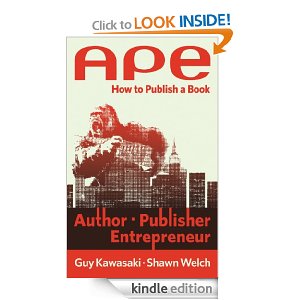Photo-credit: Running Shots
You are 10 months out from your first major, multi-sport, long-distance triathlon - how do you prepare for it?In the off-peak season, you build your aerobic fitness - that is, your base-fitness. Aerobic fitness is the cornerstone and foundation of your performance. According to Phil Maffetone, TRAINING = WORK + REST. You work out, with emphasis on your aerobic fitness (Zone 1 and 2, of your heart-rate). Maffetone recommends a conservative formula of 180-AGE, for your maximum aerobic heart-rate. It is, cruelly, slow at times of your aerobic fitness is weak, however you will improve steadily when you keep at it. Your reliance on sugar will drop, as your body begins to burn fat efficiently.
It may be, contrarian in thinking, to bludgeon your body with high mileage or duration over all three disciplines in triathlons. Working a 20-hour week may be counter-productive, if it promotes fatigue, depletion of energy stores, and a confusion of energy systems. There is a time and place for this volume of training, even as a time-crunched triathlete. The off-season could be spent working on building base-fitness and proper techniques,
It is all about working your Kreb's Cycle, which occurs inside your mitochondria (energy factory of your cells). You can activate aerobic or the anaerobic systems. To train your body to be energy-efficient, you will need to accustom it to various activities and heart-rate zones. Your aerobic fitness supports your anaerobic (strength/power/zone 3-4) efforts. When you reduce the gap between both systems, you will have reconciled your fitness disparity.
In endurance sports, it is easier to walk a race then to run it. Train your body to run at your fast-walking heart-rate. That's the goal of training smartly.
Leadership Lessons: Train smartly. Be smart in your training. Educate yourself to apply what you have learnt.















